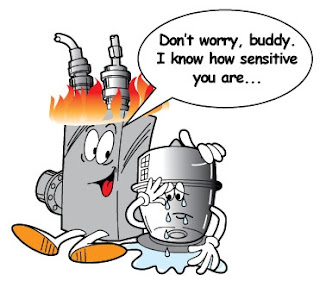From a local training course led by a colleague at UMass Boston to the Real-Time Detection Systems Committee Professional Development Courses (PDCs) at the American Industrial Hygiene Conference and Exposition, Jack has been out of the lab this month and on location teaching.
We're looking forward to our mid-week mini break next week in observance of the Independence Day holiday: we're closing Wednesday and Thursday.
|
| Early history of the photoionization detector | ||||||||||
Numerous companies manufacture and/or supply photoionization detectors but we remain unique because we have Dr. Jack Driscoll, the Father of Photoionization, the true expert on the HNU PID which has become coined *the analytical PID*. He was honored to present the Early History of the Photionization Detector at the PID/4 gas field use PIDs andHazardous Chemicals and Real-Time Detection Systems PDC(s). His presentation is here and is full of interesting little known facts.
|














No comments:
Post a Comment